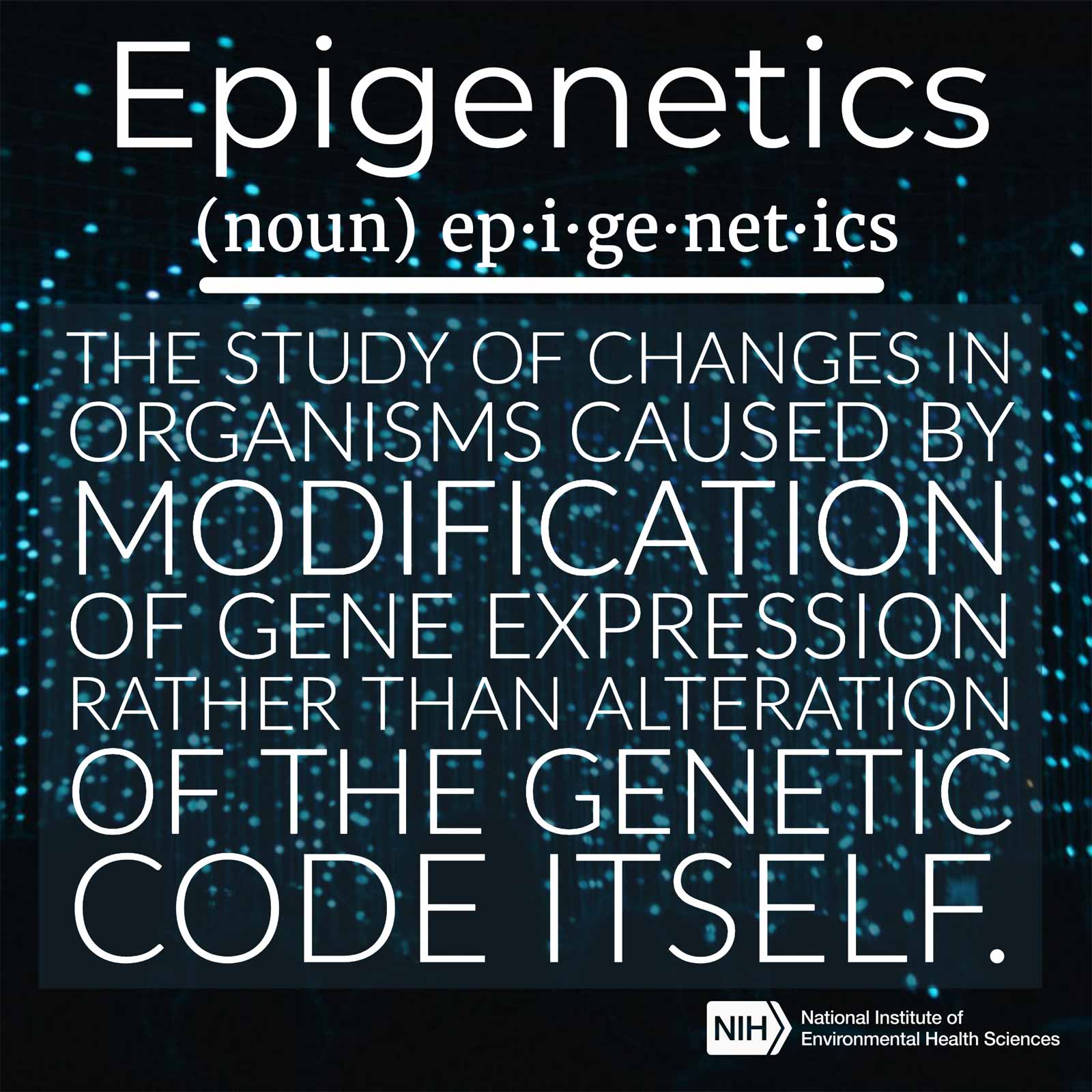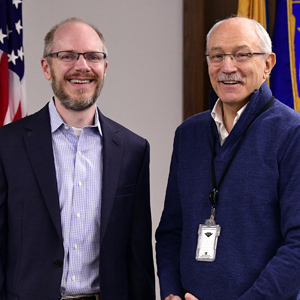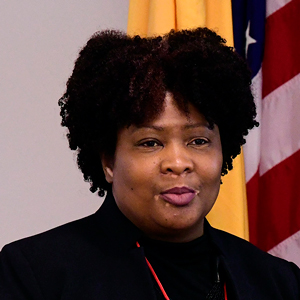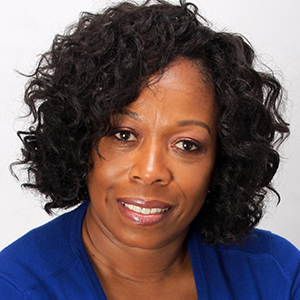Editor’s note: The article below is excerpted with permission from the journal Molecular Cell, which conducted and published the interview. It is presented as part of the Environmental Factor series on racial equity.
We asked Dr. Archer about his experiences in academia, struggles he has faced, and thoughts on addressing racial bias. The opinions expressed here are those of Dr. Archer and not the NIH [National Institutes of Health], NIEHS, nor the U.S. government.
Molecular Cell: Tell us about any barriers you faced in pursuing science as a major or career.
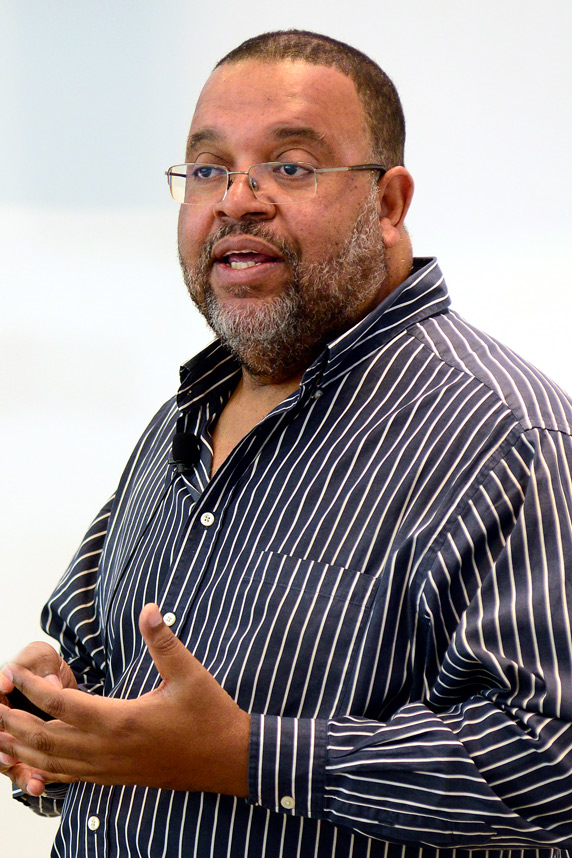 “We need to recognize that we all have racial biases to overcome and may or may not have the same shared values.… Be vigilant in our interactions and consistent,” Archer said. (Photo courtesy of Steve McCaw / NIEHS)
“We need to recognize that we all have racial biases to overcome and may or may not have the same shared values.… Be vigilant in our interactions and consistent,” Archer said. (Photo courtesy of Steve McCaw / NIEHS)Trevor Archer: The Bahamas is a developing country, which means that, similar to many Black scientists in the U.S., I lacked a scientific infrastructure to fully undergird my early education.
In my undergraduate, graduate, and postdoctoral education, I was initially greeted with a perceived undervaluation of my abilities and skepticism, often subtle but real, about my qualifications for the positions I occupied.
I share with my fellow Black academics the experience of being questioned about “who do I work for” at a faculty meeting, or having someone come to my lab and ask for the PI [principal investigator] or lab head.
MC: What kinds of efforts to combat racial inequalities and increase diversity do you think are most effective, and which are less so?
TA: Hire a more diverse scientific workforce. Promote and hire a diverse scientific leadership. A major attraction for me moving from a terrific situation in Canada to NIEHS was to have the opportunity to work at an institution led by a Black scientist [then-Director Kenneth Olden, Ph.D.].
MC: What behaviors can lead underrepresented minority scientists to feel that they do not belong or to leave science entirely, and what can the community do to change the culture and better support underrepresented scientists?
TA: The most critical recognition is that underrepresented minority (URM) scientists are a collection of individuals so that there is no formula beyond treating people with respect and dignity. Recognize the pernicious implications of academic traditions. These traditions have almost entirely developed in the absence of lead underrepresented minority scientists. Thus, they are not universal.
This has a profound consequence for many of our white colleagues as they must confront the possibility that it may not only have been “merit” that allowed them to succeed. The built-in advantages of wealth, education, and culture may mean that they enjoyed a privileged position from which to compete. This is difficult for all of us who have succeeded in the current system and requires great courage to recognize.
Science has public and private currencies. Grants, publications, and speaking invitations are public and appear transparent and equitable. There are also simultaneously private, anonymous peer review, manuscript reviews, and meeting organization committees that are rarely diverse. (“Diverse” is not one or two URM on a panel, although often that would be progress). We need our colleagues to be intentional and seek ways to make these activities more equitable.
 “One of the greatest pleasures of my career … is that I have many very good and supportive colleagues who are Black, white, Asian, and Hispanic who have allowed me to mentor them and act as peer mentors for me,” said Archer. (Image courtesy of NIEHS)
“One of the greatest pleasures of my career … is that I have many very good and supportive colleagues who are Black, white, Asian, and Hispanic who have allowed me to mentor them and act as peer mentors for me,” said Archer. (Image courtesy of NIEHS)MC: What are some ways to recruit more underrepresented minority students to universities and to careers in science?
TA: Hire underrepresented minority faculty.
For the underrepresented minority students, it tells them that this is a place that truly welcomes them and believes that they are valid students. For the white students, it provides role models for them, and our white colleagues and peers, to see underrepresented minorities in respected leadership roles.
There needs to be a recognition that for some students there is not a shared cultural background, so they may not feel welcomed into to an environment that was previously all white. Be cognizant of the attitudes and practices that undermine the confidence of students.
MC: Do you have ideas to share on how to deal with racial bias?
TA: Education. Experience. Action. Education is important because there is a history of racial bias that needs to have a shared understanding to create the mythical level playing field.
Experience forms our intellect and social being. If we cannot imagine the lives of individuals differing from us, it is hard to see them as equal.
Action is the result of education and experience that results in change. It requires the promotion of anti-racist ideas and activities and a recognition that this will take time and multiple efforts, many of which will fail.
MC: What support systems have you found most helpful? How did you find them?
TA: The success I have enjoyed comes from a combination of my abilities, hard work, and guidance from my mentors. My formal mentors as an undergraduate, graduate, postdoc, and tenure-track scientist have all been white men. I consider all of them friends and colleagues. In return for their mentorship, I designed, executed, and published new scientific findings that advanced our careers and contributed to enhancing our shared academic institutions.
I know this is a far from common experience. It is a measure of their characters that not only did they support me as a young scientist but pointed out other scientists that had difficulty seeing me as an equal in the scientific community. If I may offer advice to my white colleagues training URM students, it would be to recognize that sometimes you have to treat them the same as your white students but some- times deal with them differently. This allows you to recognize their intellectual equity and social/cultural diversity.
MC: Is there one key thing that you want your colleagues to understand or to do that would make science more inclusive?
TA: No. It is a mistake to think that there is a single primary resolution.
It is also critical to remember that insults [and] slights that might appear minor to our majority colleagues are not accruing in isolation but rather are cumulative with those endured in the wider society. It is tiring. The human joy that we experience with each new experiment and new data [or] insight is one of the real joys in science. Having that sullied with the sometimes unwelcoming attitude of some of our colleagues is just sad.
We don’t need to fear a more-inclusive science. It will be a fairer and better science. It was not so long ago that white women and Black men and Black women were denied the opportunity to participate. I challenge anyone to argue that was a better time or we had better science.
MC: What actions would you like to see from journals/editors to combat racial bias and better support people of color?
TA: Hire and support a diverse journal and editorial staff.
Be vigilant of the treatment of submitting authors who are people of color. Promote the journals at URM institutions and convey the commitment that they will get a fair review—no special treatment, just a fair review. Highlight issues of diversity in policy forums and editorials and solicit input from diverse elements of academia.
(This interview is excerpted from an article published in Molecular Cell, 80(5), Trevor K Archer, Q&A Education, Experience, and Action: An Interview with Dr. Trevor K. Archer, 749–751, Copyright Elsevier [2020].)





